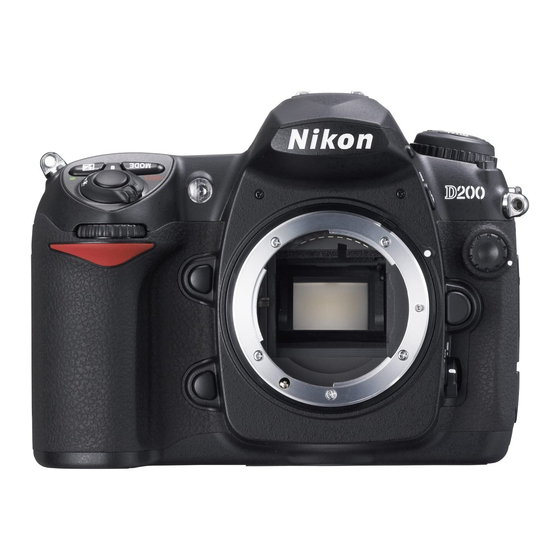Nikon D200 Manual - Halaman 8
Jelajahi secara online atau unduh pdf Manual untuk Lensa Kamera Nikon D200. Nikon D200 25 halaman. Exploring
Juga untuk Nikon D200: Brosur & Spesifikasi (13 halaman), Brosur (7 halaman), Setup Manual (2 halaman), Brosur & Spesifikasi (18 halaman), Brosur (14 halaman), Spesifikasi (2 halaman), Fitur & Bagan Perbandingan (1 halaman), Panduan Pengguna (19 halaman), Spesifikasi (2 halaman), Panduan Pengoperasian (23 halaman), Panduan Memulai Cepat (2 halaman), Panduan Memulai Cepat (9 halaman)

